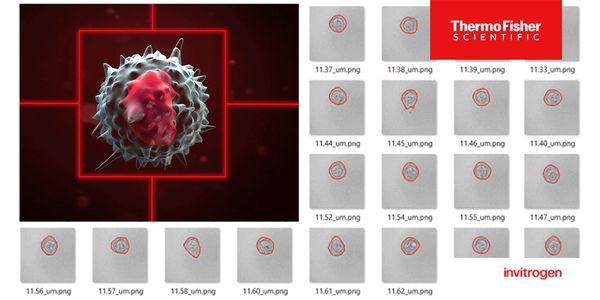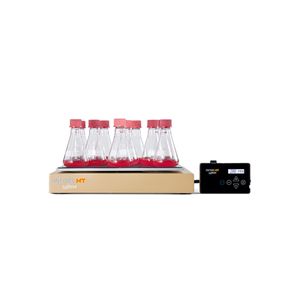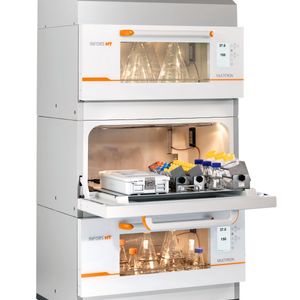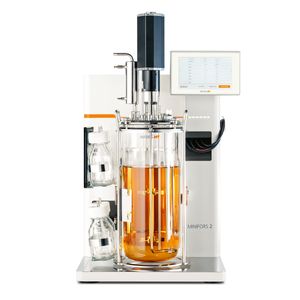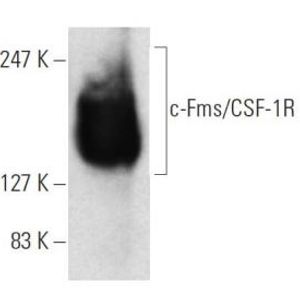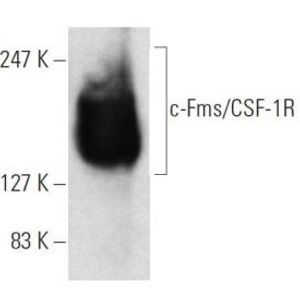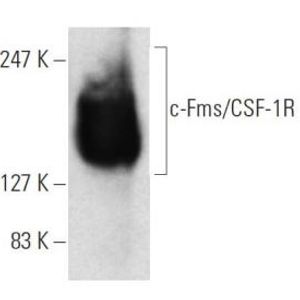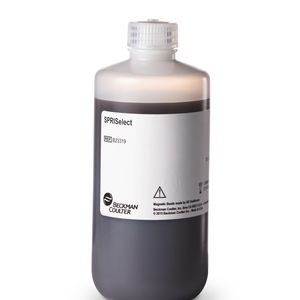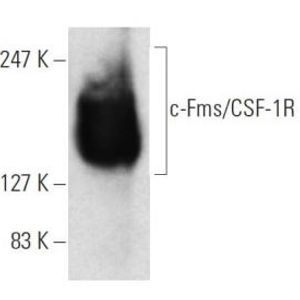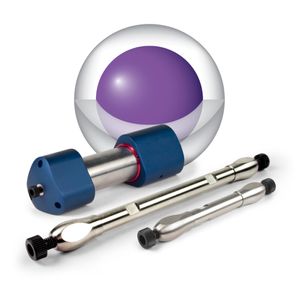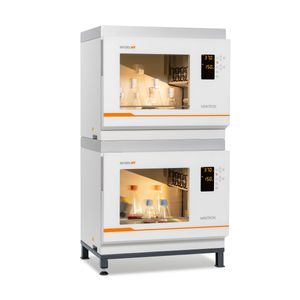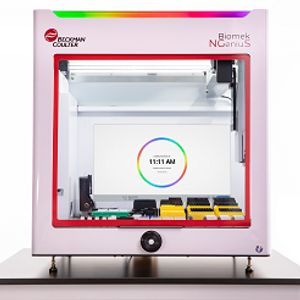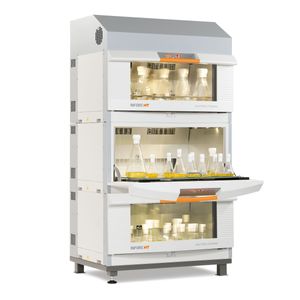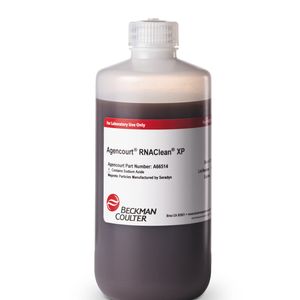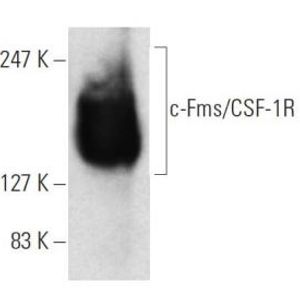Cancer Webinars
Stay informed on developments in cancer and oncology diagnosis, prevention and treatment through these curated webinars. As the race toward a cure for cancer continues, advances in cancer research are constantly revealed as innovation in the field of oncology progresses.
Show More
-
APR 30, 2025 | 8:00 AMThe MAF bZIP Transcription Factor G (MAFG) is a member of the small MAF family of proteins. Previously, we have shown that miRNA-29 suppresses melanoma development, at least in part, by repr...
-
OCT 10, 2023 | 8:00 AMIn June 2022, the ICH released the first draft of its harmonized global Drug Interaction Studies Guideline (M12). The guideline is the result of several meetings of the Expert Working Group...
-
SEP 18, 2024 | 11:00 AMTranslational research strives to identify, verify, and validate biomarker candidates that can be used in clinical settings to collectively stratify biology. With the recent introduction of...
-
SEP 29, 2022 | 7:00 AMDate: September 29, 2022 Time: 7:00am (PDT), 10:00am (EDT), 4:00pm (CEST) Development and evolution are controlled, to a large degree, by regions of genomic DNA called enhancers that encode...
-
MAY 25, 2023 | 10:00 AMC.E. CREDITSFree light chains, kappa (κ) lambda (λ), are produced by plasma cells and known to be an important marker in patients with Multiple Myeloma and AL Amyloidosis. The precursor con...
-
SEP 21, 2022 | 10:00 AMDate: September 21, 2022 Time: 10:00am (PDT), 1:00pm (EDT), 7:00pm (CEST) This talk aims to describe a popular workflow that profiles specific brain cell types in healthy and diseased post-m...
-
MAR 28, 2024 | 8:00 AMB cell responses within pancreatic ductal adenocarcinoma (PDAC) tumors are associated with improved patient outcomes, yet the specific triggering antigens remain largely unknown. In this web...
-
JUL 18, 2023 5:00 PM EDTC.E. CREDITSBreast cancer is the most common cancer diagnosed in women and the second leading cause of female cancer death in the United States. In the last 25 years, the number of therapeutic options f...
-
APR 30, 2025 | 8:00 AMThe design, make, test, and analyze cycle (DMTA), which drives early-stage drug discovery, requires workflows and automated methods for sample storage and tracking, low volume dispensing of...
-
JUN 01, 2022 | 9:00 AMDate: June 01, 2022 Time: 9:00am (PDT), 12:00pm (EDT), 6:00pm (CEST) The manufacturing process for cell and gene therapies is complex and can contain process-related impurities from multiple...
-
JUN 27, 2023 | 10:00 AMThere is a great variability in testing for monoclonal gammopathies. During his presentation, Dr. David F. Keren, MD, Clinical Professor of Pathology at University of Michigan Health, descri...
-
JUN 22, 2022 | 11:00 AMDate: June 22, 2022 Time: 11:00am (PDT), 2:00pm (EDT), 8:00pm (CEST) ChipCytometry™ is a technique for collecting and analyzing highly multiplexed spatial cytometry data that has been...
-
AUG 17, 2022 | 10:00 PMDate: August 18, 2022 Time: 3pm AEST | 1pm SGT | 2pm JP/KR Kirsten rat sarcoma viral oncogene homologue (KRAS) is the most frequently mutated oncogene, present in approximately 25% of tumors...
-
AUG 22, 2017 | 5:00 PMDATE: August 23, 2017TIME: 9:00AM JSTORDATE: August 22, 2017TIME: 5:00PM PDT, 6:00PM MDT 機能的閉鎖式の自動細胞培養プロセスを使用した T 細胞増殖、ウイルスベクター製造、および間葉系幹細胞(MSC)のスケールアップ製造について、詳しくご説明し...
-
DEC 11, 2018 | 10:00 AMDATE: December 11, 2018TIME: 11:00 PSTThis webinar will focus on how Reichert's Surface Plasmon Resonance (SPR) systems can generate additional valuable information that is not...
-
MAY 08, 2025 | 8:00 AMLocIn is an advanced targeted integration system designed for the efficient generation of cell lines by retargeting pre-defined genomic loci, known as "landing pads." These landing pads inco...
-
September 13 at 9:30am IST, 12:00pm CST/SGTLiquid biopsy is an emerging area of clinical research, particularly in the context of cancer. As a minimally invasive complementary or alternative approach to tissue biopsies, liquid biopsi...
-
MAR 20, 2024 | 8:00 AMDeciphering somatic mosaicism in healthy tissues and clonal diversity in tumors necessitates single-cell analysis. High-quality genomic and transcriptomic data at the single-cell level depen...
-
OCT 10, 2018 | 1:30 PMSome Abstract...
-
JUL 26, 2023 | 8:30 PMDifferences in how users gate populations within experiments are major sources of variability in flow cytometry data analysis. Incorporating automated image analysis can substantially reduce...
-
OCT 09, 2019 | 10:30 AMMIBI is a powerful platform for identifying and analyzing multiple antigens in formalin-fixed paraffin-embedded tissues. This multiplexed methodology permits the identification of 40+ protein...
-
MAR 11, 2025 | 10:00 AMC.E. CREDITSVariant interpretation in cancer susceptibility genes presents unique challenges due to issues such as phenocopies, incomplete/age-related penetrance and the mortality associated with the ph...
-
OCT 12, 2017 | 6:00 AMWe developed two computational methods, CARE and TIDE, to predict response and resistance to targeted therapies and immunotherapies. CARE infers gene signatures of targeted therapy response b...
-
September 13 at 10:00am CEST, 9:00am BSTWebinar airing too early or too late for you? This webinar will also be available: September 13 at 10:00am PDT, 1:00pm EDT https://www.labroots.com/ms/webinar/dpcr-liquidbiopsy-panel-2 and S...
-
OCT 10, 2019 | 10:30 AMAccumulation of structural variations (SVs) across the genome is a known trigger factor for oncogenesis. Structural mutations have been clearly implicated in a number of cancers, most notably...
-
OCT 11, 2017 | 9:00 AMNatural killer cells (NKs) are lymphocytes of the innate immune system that target and kill cancer cells through the secretion of lytic granules containing granzyme B and perforin. This proce...
-
OCT 08, 2020 | 4:30 PMMultiplex detection of oncogenic mutations using LNA-based assays on the QIAcuity digital PCR system Digital PCR (dPCR) enables specific and sensitive detection of genetic alterations in onc...



















